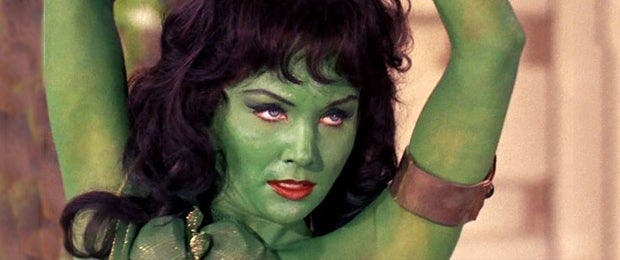Hi!
Im curious how yall identify sources of distortion? I find it really hard to know where it comes from and its very annoying.
Currently my main source is my PC, which uses a Apple USB-C to 3.5mm DAC connected to RCAs leading to my Fosi Audio V3, which then is connected to Elacs B5.2. Im currently evaluating a free trial of Tidal Plus so the source of music SHOULD be good.
To try and figure out whats happening when i for example listen to Dido's song "Give You Up" around 45sec in when her pitch goes up a bit, ive tried listening through my 7hz Zero:2 using the same DAC, and the distortion is still there. And ive also tried using my android phone with the same DAC and it seem to remain. Its not isolated to that song, but seems to show up quite often. Massive Attack and Robot Koch seem to have mixed in certain levels of noise into their songs, which made me nuts for a bit. Lots of Lana Del Ray songs also seem to cause slight distortion.
Im also using PEACE APO for EQ, and got clipping protection turned on, but while watching it during music playback it rarely goes into clipping warning (and i have no boosts in EQ, just lowered volume at some frequencies).
Am I turning insane or is it quite common for mixes to contain distortion? Or is it my Apple Dongle causing it?
Thanks for taking your time to read my post
Im curious how yall identify sources of distortion? I find it really hard to know where it comes from and its very annoying.
Currently my main source is my PC, which uses a Apple USB-C to 3.5mm DAC connected to RCAs leading to my Fosi Audio V3, which then is connected to Elacs B5.2. Im currently evaluating a free trial of Tidal Plus so the source of music SHOULD be good.
To try and figure out whats happening when i for example listen to Dido's song "Give You Up" around 45sec in when her pitch goes up a bit, ive tried listening through my 7hz Zero:2 using the same DAC, and the distortion is still there. And ive also tried using my android phone with the same DAC and it seem to remain. Its not isolated to that song, but seems to show up quite often. Massive Attack and Robot Koch seem to have mixed in certain levels of noise into their songs, which made me nuts for a bit. Lots of Lana Del Ray songs also seem to cause slight distortion.
Im also using PEACE APO for EQ, and got clipping protection turned on, but while watching it during music playback it rarely goes into clipping warning (and i have no boosts in EQ, just lowered volume at some frequencies).
Am I turning insane or is it quite common for mixes to contain distortion? Or is it my Apple Dongle causing it?
Thanks for taking your time to read my post

